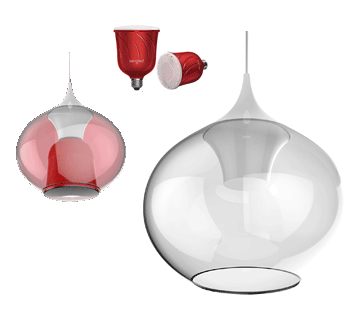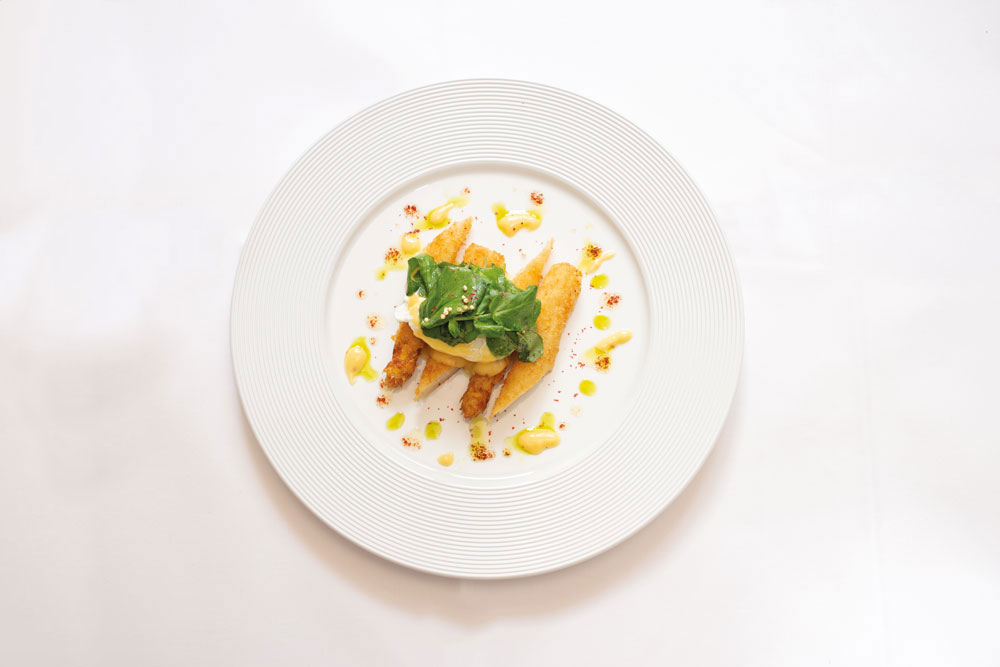It is the most popular spring vegetable. And so that you can fully enjoy the asparagus season, we are going to tell you about the history, different varieties, ways to cook and the healthy effect of these noble spears
Every year, they are awaited with anticipation, but they will not be rushed. They like to grow without being disturbed. In the dark, covered with a thick layer of soil. But, at some point, usually at the beginning of April, the moment arrives. Patience is rewarded; the asparagus season begins. Asparagus is still harvested by hand. No machine, no electronic device can replace the human eye. When the big harvest starts, careful work and experience are important. Asparagus cutters search the soil ridges for fine cracks, which silently herald a shoot growing toward the light. Carefully, they remove the soil around the shoot and cut the stalk at a depth of about 25 centimeters with a special knife. The hole is filled with soil again and smoothed so that neighboring sprouts about to shoot can be noticed in time. Each asparagus field is harvested once a day. The harvest season is fairly short. June 24, St. John’s Day, usually marks the end of it. This ensures that the popular vegetable has enough time to regenerate so that it can develop sufficient shoots in the next year that will push their heads toward the light.
How can I tell if asparagus is fresh?
The ends should not be discolored or dried out but firm and juicy. A good way to test freshness: Rub two asparagus stalks together. If they squeak slightly, then the outer layer is still fresh and not woody. If there is no squeak then the peel is too dry and the asparagus is often already fibrous and inedible. When freshly harvested, the tips of the asparagus are firmly closed, the stalks cannot be bent and tend to break easily.
How can I keep asparagus fresh longer?
Wrap the fresh, unpeeled stalks in a moist dishtowel and place them in the refrigerator. This will keep them fresh for three to a maximum of four days.
How healthy is asparagus?
Asparagus consists to 90 percent of water and is packed to its tip with beneficial nutrients. Asparagusic acid and potassium have a diuretic effect, stimulate the kidneys and are ideal for detox diets. As 100 grams of asparagus only have about 20 calories, it is also ideal for weight loss. It is rich in the vitamins A, B, C, and also in calcium, sodium and fiber. A truly health-boosting vegetable that cleanses the body and lowers blood pressure.
How do I peel asparagus?
The most important rule: Those who spare, will waste! That means: It is better to peel a bit more generously as, otherwise, woody and fibrous parts may remain that render the entire spear inedible. Peel from the tip down, more thickly as you reach the end. Then cut off the ends – do not be too sparing here, either. Green asparagus is easier to prepare. At the most, only the lower part needs to be peeled, no more than one-third of the stalk. Its skin is far thinner than that of white asparagus and does not need to be removed.
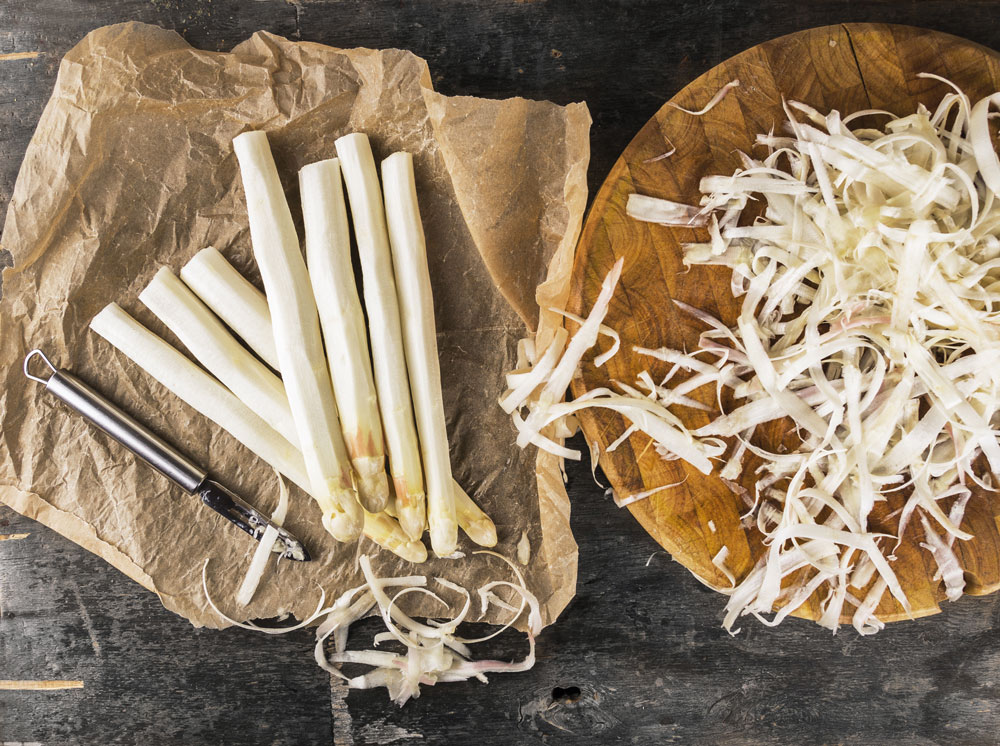 Asparagus must be peeled not too sparingly
Asparagus must be peeled not too sparingly
What kind of varieties are there?
In Germany and its neighboring European countries, there are three main types that differ primarily through the mode of cultivation.
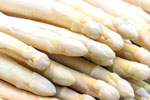
o White asparagus is especially popular due to its delicate flavor. It is pale because it grows under the earth without sunshine. Thin, peeled stalks take about five minutes to cook, thicker ones about fifteen minutes.
 o Green asparagus grows above ground and produces chlorophyll that colors it green. It is harvested as soon as it reaches a length of around 25 cm. Its taste is more aromatic and it is high in vitamin C und provitamin A. The green variety is especially popular in Mediterranean regions.
o Green asparagus grows above ground and produces chlorophyll that colors it green. It is harvested as soon as it reaches a length of around 25 cm. Its taste is more aromatic and it is high in vitamin C und provitamin A. The green variety is especially popular in Mediterranean regions.
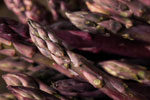 o Purple asparagus results when white asparagus pushes through the soil and is exposed to the sun. The shoot changes color. It has a somewhat stronger taste but is prepared just like the white variation. Purple asparagus is especially popular in France.
o Purple asparagus results when white asparagus pushes through the soil and is exposed to the sun. The shoot changes color. It has a somewhat stronger taste but is prepared just like the white variation. Purple asparagus is especially popular in France.
All-rounder in the kitchen
There are endless variations and recipes for cooking asparagus. The classic method is to cook it in salted water. A bit of sugar and butter are added to enhance the aroma. As an alternative: Place the asparagus in a parchment packet and bake it in the oven for approx. 30 minutes. Asparagus is traditionally served with potatoes, of course; ham or schnitzel are still the most popular meat accompaniments. And there are two classic sauces: melted butter and hollandaise.
Naturally, the right beverage must be selected for a delicious asparagus meal. With alcoholic beverages, beer or red wine are not the best choices. Their tannins intensify the bitter substances in asparagus and simply do not harmonize. White wines pair better with white, green or purple asparagus. Matthias Meurer, chef de cuisine and gastronomy director at the Romantik Jugendstilhotel Bellevue in Traben-Trarbach says, “Basically, you’ll never go wrong with a light white wine with asparagus, for example a pinot blanc or a pinot gris. Personally, I recommend a fresh Mosel Riesling. It contrasts nicely with the mild taste of the asparagus.”

Matthias Meurer
Chef de cuisine at the Romantik Jugendstilhotel Bellevue in Traben-Trarbach, Moselle, Germany


